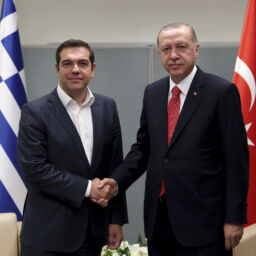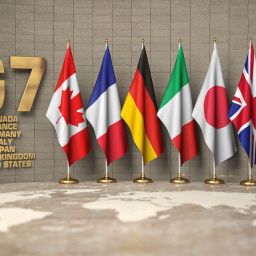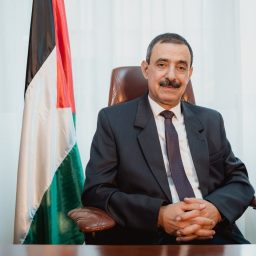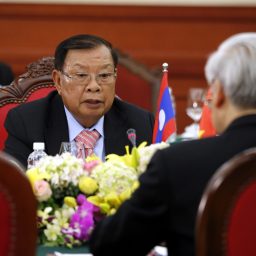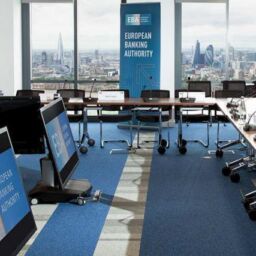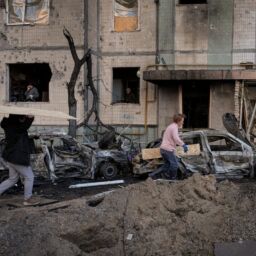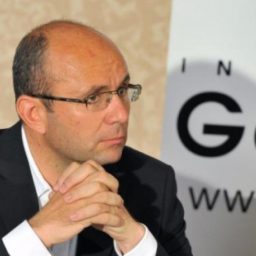Pope Francis’s Historic Visit to Mongolia: A Journey of Unity and Dialogue
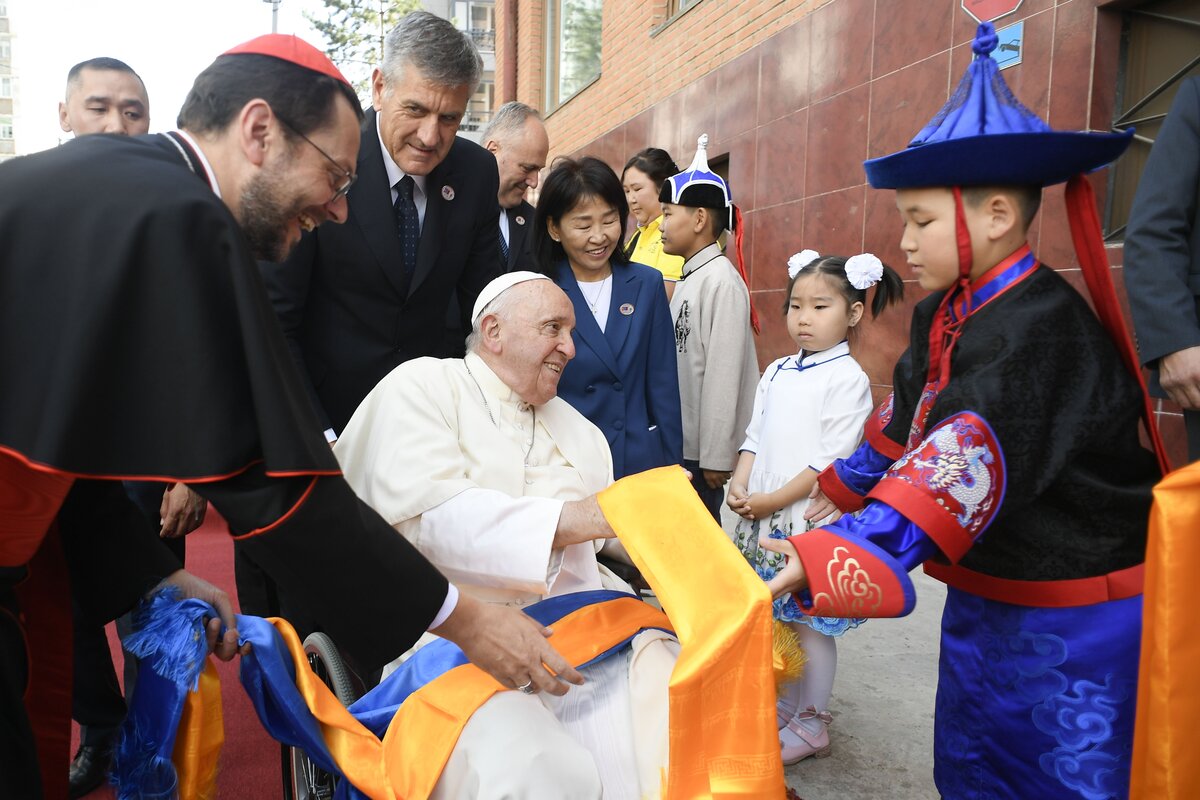
Photo: Reuters
In a world often marked by division and misunderstanding, Pope Francis’s historic visit to Mongolia in 2023 served as a beacon of hope and unity. The trip marks a significant milestone in the evolving relationship between the Vatican and Mongolia, a country with a small but growing Catholic population. This journey of faith, dialogue, and mutual respect has been a testament to Pope Francis’s commitment to fostering understanding and cooperation between different religions and cultures. The visit, the first by a sitting Pope, has been a significant event for Mongolia, a nation with a predominantly Buddhist population and a Catholic community that only numbers around 1,300. Despite these numbers, the country has shown a profound respect and warm welcome to the Pontiff, reflecting the Mongolian people’s open-heartedness and their historical tradition of religious tolerance. Pope Francis arrived in Ulaanbaatar, the capital of Mongolia, where he was greeted by President Khaltmaagiin Battulga and an enthusiastic crowd of thousands. His schedule was packed with public appearances, masses, and meetings with political and religious leaders.
One of the highlights of the visit was the Pope’s public Mass at the Chinggis Square, where he delivered a message of peace, unity, and the importance of preserving our planet. He reminded the congregation that every individual, regardless of their faith, has a role to play in promoting peace and caring for the environment. Pope Francis also visited the Gandantegchinlen Monastery, one of the most important Buddhist centers in Mongolia. In a significant moment of interfaith dialogue, he met with the spiritual leader of Mongolian Buddhists, the Khamba Lama. The two leaders expressed mutual respect and shared their hopes for a world characterized by peace and understanding, regardless of religious or cultural differences. The Pope’s visit also facilitated interactions with the local Catholic community. He met with the Catholic Bishop of Mongolia, Wenceslao Padilla, and visited the Cathedral of Saint Peter and Paul. He praised the local Catholic community for their dedication and service in a country where Catholicism is a minority faith, encouraging them to continue their good works and become ambassadors of peace in the nation. Pope Francis’s visit extended beyond religious and cultural engagement. He met with Mongolian governmental leaders and discussed various social and environmental issues. He emphasized the importance of political leaders working for the common good, promoting justice, and caring for the most vulnerable in society. The Pope’s visit to Mongolia was not only a milestone for the Catholic Church but also for Mongolia, as it highlighted the country’s commitment to religious freedom and interfaith dialogue. It was a powerful symbol of the potential for unity in diversity, and a testament to the power of dialogue in bridging cultural and religious divides. Pope Francis’s journey to Mongolia served as a platform for promoting messages of peace, unity, and environmental stewardship, embodying his vision of a world where different faiths and cultures can learn from each other, coexist in harmony, and collaborate for a better future. This historic visit is set to have long-lasting effects, fostering a deeper understanding and respect between Catholicism and Buddhism, and strengthening the bonds between the Vatican and Mongolia.
By Sara Colin



